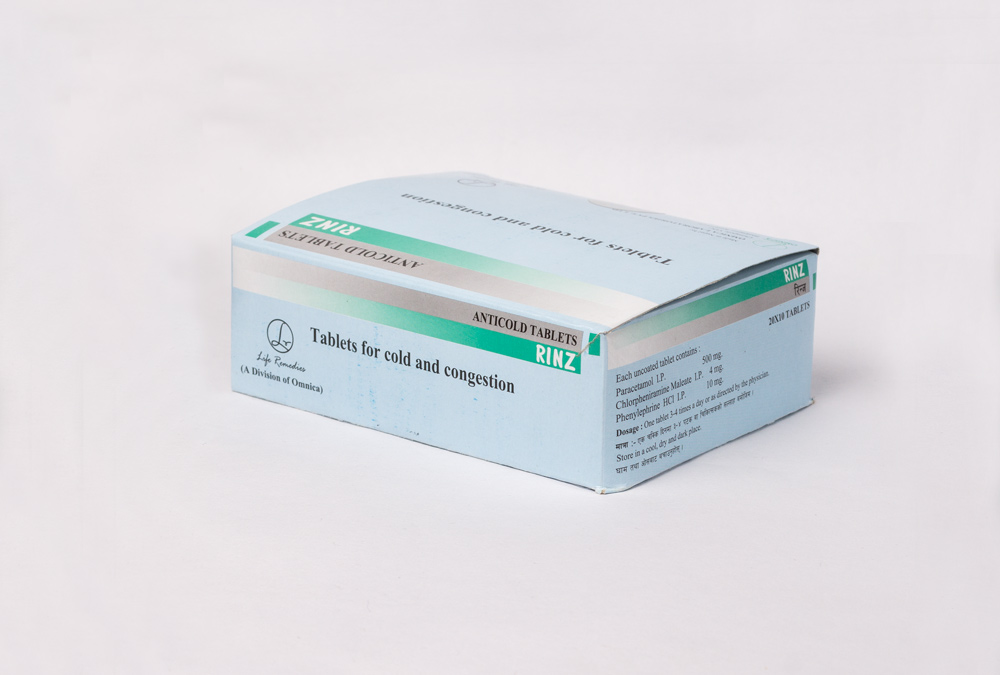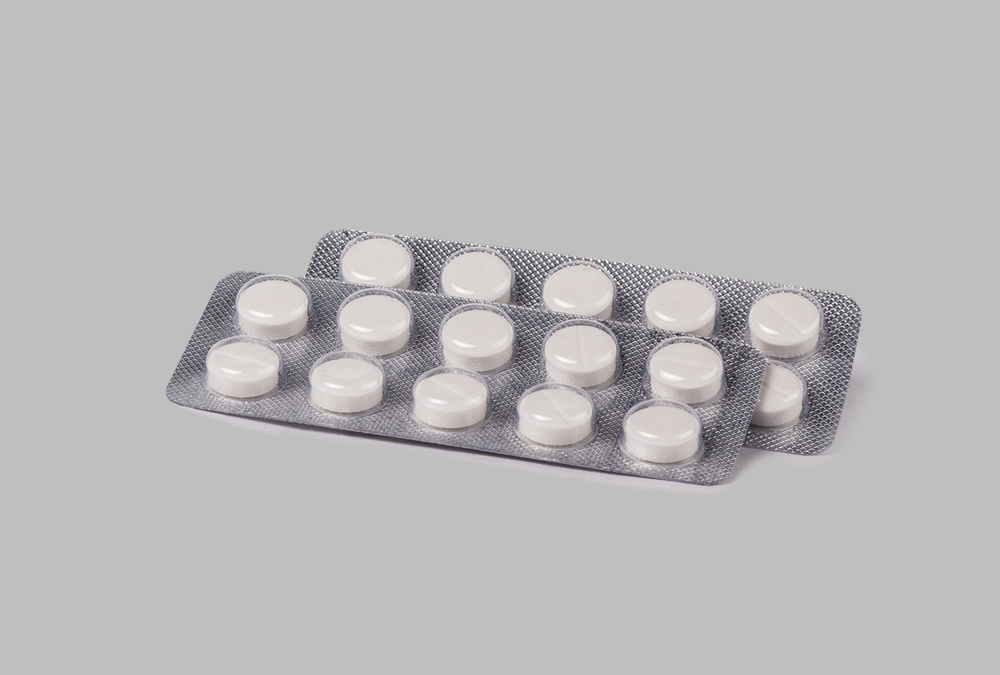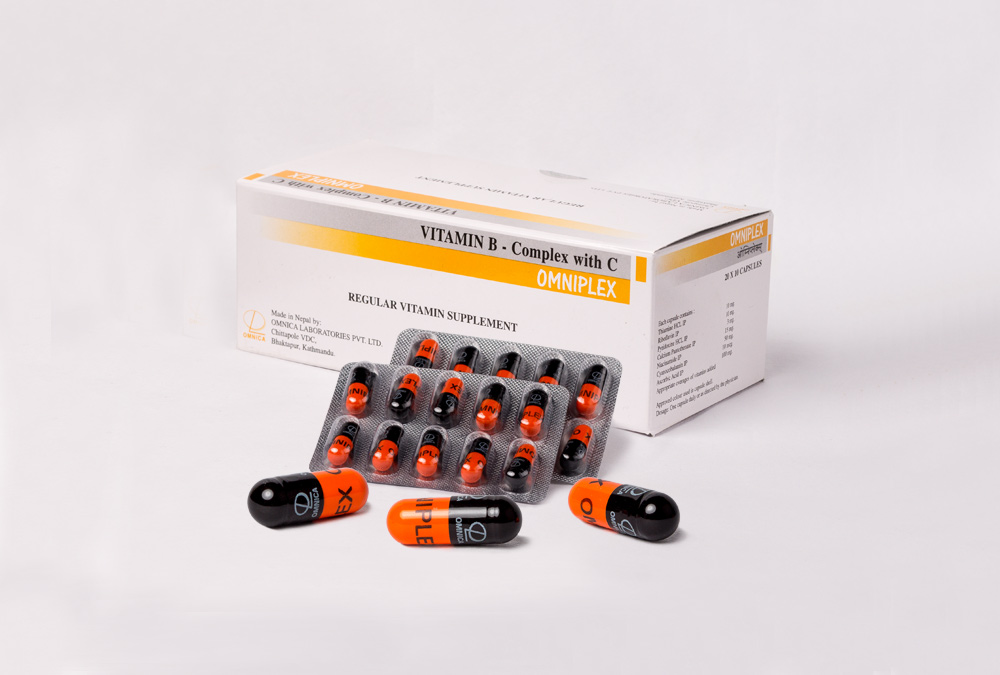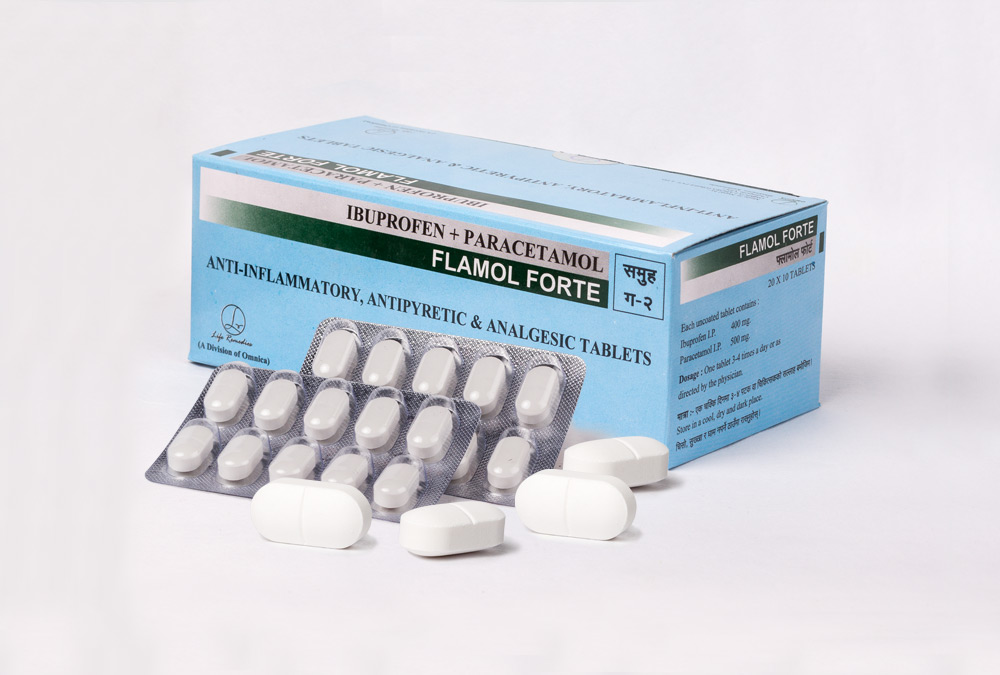Brand Name : RINZ
Generic Name : Chlorpheniramine maleate 4 mg + Phenylephrine HCl 10 mg + Paracetamol 500 mg
Preparation : Tablet
Pharmacological Category : Anticold
Mechanism of Action (MOA)
- Chlorpheniramine maleate selectively and competitively blocks the binding of histamine to its H1 receptors. Further, it has low anticholinergic action and mild sedative effects. Thus, it blocks histamine induced allergic reactions and bronchoconstriction thereby providing relief in cough.
- Phenylephrine HCl is a selective α1 agonist. It constricts the nasal blood vessels, thereby decreasing blood flow to the sinusoidal vessels, leading to decreased mucosal edema.
- Paracetamol inhibits synthesis of prostaglandin in the central nervous system by inhibiting cyclooxygenase (COX) with a predominant effect on COX-2. Thus, reduction in concentration of prostaglandin lowers the hypothalamic set-point to reduce fever and activates descending inhibitory serotonergic pathways to produce analgesia.
Pharmacokinetics
Chlorpheniramine maleate :
- Absorption : Absorbed relatively slowly from the gastrointestinal tract
- Peak Plasma Concentration : About 2.5 to 6 hours
- Bioavailability : 25 to 50%
- Protein Binding : 70%
- Duration of Action : 4 to 6 hours
- Distribution : Widely distributed and enters the central nervous system
- Metabolism : Metabolized predominantly in the liver, but also in the lungs and kidneys
- Excretion : Urine (primarily)
Phenylephrine HCl :
- Absorption : Completely absorbed from the gastrointestinal tract
- Bioavailability : Approximately 38%
- Peak Plasma Concentration : 0.75 to 2 hours
- Onset of Action : 15 to 20 minutes (nasal decongestion)
- Duration : 2 to 4 hours
- Distribution : Peripheral tissues, brain (minimal)
- Metabolism : Extensively metabolized in the intestinal wall; moderately in liver
- Elimination Half-life : 2 to 3 hours
- Excretion : Urine (80 to 86%)
Paracetamol :
- Absorption : Rapidly absorbed from the gastrointestinal tract
- Onset of Action : 1 hour
- Time to Peak, Serum : 10 minutes to 1 hour
- Distribution : Distributed into most body tissues, crosses placenta and present in breast milk
- Protein Binding : 10 to 25%
- Metabolism : Liver
- Elimination Half-life : 1 to 3 hours
- Excretion : Urine (principally)
Indication and Dosage
Symptomatic Relief of Cold : One to two tablets of RINZ three times a day
Side Effects
COMMON : Dizziness, drowsiness, dry mouth, dry nose, dry throat, headache, nausea, nervousness, trouble sleeping
SEVERE : Severe allergic reactions (rash, hives, itching, difficulty breathing, tightness in the chest, swelling of mouth, face, lips or tongue), chest pain, dark urine or pale stools, difficulty urinating, hallucinations, high blood pressure, rapid pulse, severe nervousness, stomach pain, tremors, unusual fatigue, yellowing of the skin or eyes.
Contraindications
Hypersensitivity to chlorpheniramine maleate / phenylephrine / paracetamol, narrow angle glaucoma, stenosing peptic ulcer, symptomatic prostatic hypertrophy, asthmatic attack, bladder neck obstruction, pyloroduodenal obstruction, MAO therapy, cardiac disease, high blood pressure, thyroid disease, difficulty in urination, prostatic hyperplasia, severe active liver disease
Warnings / Precaution
- Do not drive, operate machine due to drowsiness or dizziness.
- Caution in patients with predisposition to urinary retention, history of bronchial asthma, increase intraocular pressure, hyperthyroidism, cardiovascular disease, hypertension, cirrhosis or other liver disease, elderly.
- Caution in patients with impaired renal / hepatic function and alcohol dependence, history of angina, severe atherosclerosis, septic shock, autonomic dysfunction, thyroid disease, diabetes mellitus, hypertension, heart disease, difficulty in urinating.
- May cause severe bradycardia, decreased cardiac output, peripheral and visceral vasoconstriction.
- Caution in nursing mother.
Drug Interactions
- Additive CNS depressant effects with alcohol, CNS depressants and tricyclic antidepressants
- Risk of cardiac irritability and arrhythmias is increased with general anesthetics.
- Concomitant use with MAO inhibitors potentiates the cardiac and blood pressure effects of phenylephrine and anticholinergic effect of chlorpheniramine maleate.
- Agents that may potentiate pressure effect of phenylephrine are α2 agonists, β blockers, tricyclic antidepressants, corticosteroids, atropine and norepinephrine reuptake inhibitors.
- Agents that may reduce the pressure effect of phenylephrine are benzodiazepines and phosphodiesterase; antihypertensive agents may antagonize effects of phenylephrine and diuretics may reduce response to phenylephrine.
- The risk of toxicity may be increased in patients receiving other potentially hepatotoxic drugs due to reaction with paracetamol.
- The absorption of paracetamol may be accelerated by drugs such as metoclopramide.
- Excretion may be affected and plasma concentrations altered when paracetamol is given with probenecid.
- Cholestyramine reduces the absorption of paracetamol if given within 1 hour of paracetamol.
- Risk of bleeding with warfarin due to paracetamol.
Pregnancy Category : C
Presentation
RINZ : A box of 20 blisters, each blister of 10 tablets







